The economic and social changes throughout Ciutat’s history, especially in recent decades, have led to the loss of heritage of its large houses.

Can Balaguer. Photo: Adrià Goula.
From the Middle Ages to the present and from the ancient nobility to the current business elite. The social structure of Palma has evolved a lot in recent centuries, even more in recent decades, but if there is one element that is the result of these social and economic changes, it is the stately home. Refuge of nobles and powerful families that are the living story of how the Mallorcan oligarchy lived since the elites emerged at the end of the 15th century, which will be consolidated after the popular revolt of Germania. Stately homes -and not palaces, according to experts, except the bishop’s and, since it belongs to National Heritage, the Almudaina- that are witnesses to the passage of time and at the same time patrimonial victims of the new economic and social models.
“Between the 17th and 18th centuries, the most important families accumulated properties through the creation of trusts,” says Bartomeu Bestard, Palma’s official chronicler. “The accumulation of these trusts”, or ‘vincles’ in Mallorcan, “led to the formation of great houses, whose splendor lasted until their decline, marked by the confiscations and the Constitution of Cádiz, in 1812”.
Land of merchants
Román Piña Homs, president of the Royal Mallorcan Academy of Historical, Genealogical and Heraldic Studies, explains that “the Mallorcan aristocracy was born from trading, not from participating in great battles or military merits”. Some families of Italian origin such as the Orlandis or the Cotoners “build a mercantile empire and seek royal favor through marriage or money to obtain the aristocratic title”. Thus, the evolution of these stately homes is also that of the great families of the island and their struggle for power: Armadams and Spanyols; Botiflers and Carlists; Austracists and Bourbons; Canavall and Canamunt…
In the 19th century, liberal ideas burst forth, “feudal rights were withdrawn and trusts ceased to exist, so heritage began to dismember,” Bestard points out. “Many xuetes with capital and other members of the bourgeoisie launch purchase offers and the big families get rid of some of their properties”, explains the chronicler, who assures that “if the bourgeois transformation had not taken place, today Palma would be own by very few families”. In addition, some heirs of the great lineages went abroad to study; others disobeyed their parents, not marrying whom they imposed on them. Piña confirms the revolution that being able to marry for love means: “That the girl can say yes changes everything”.
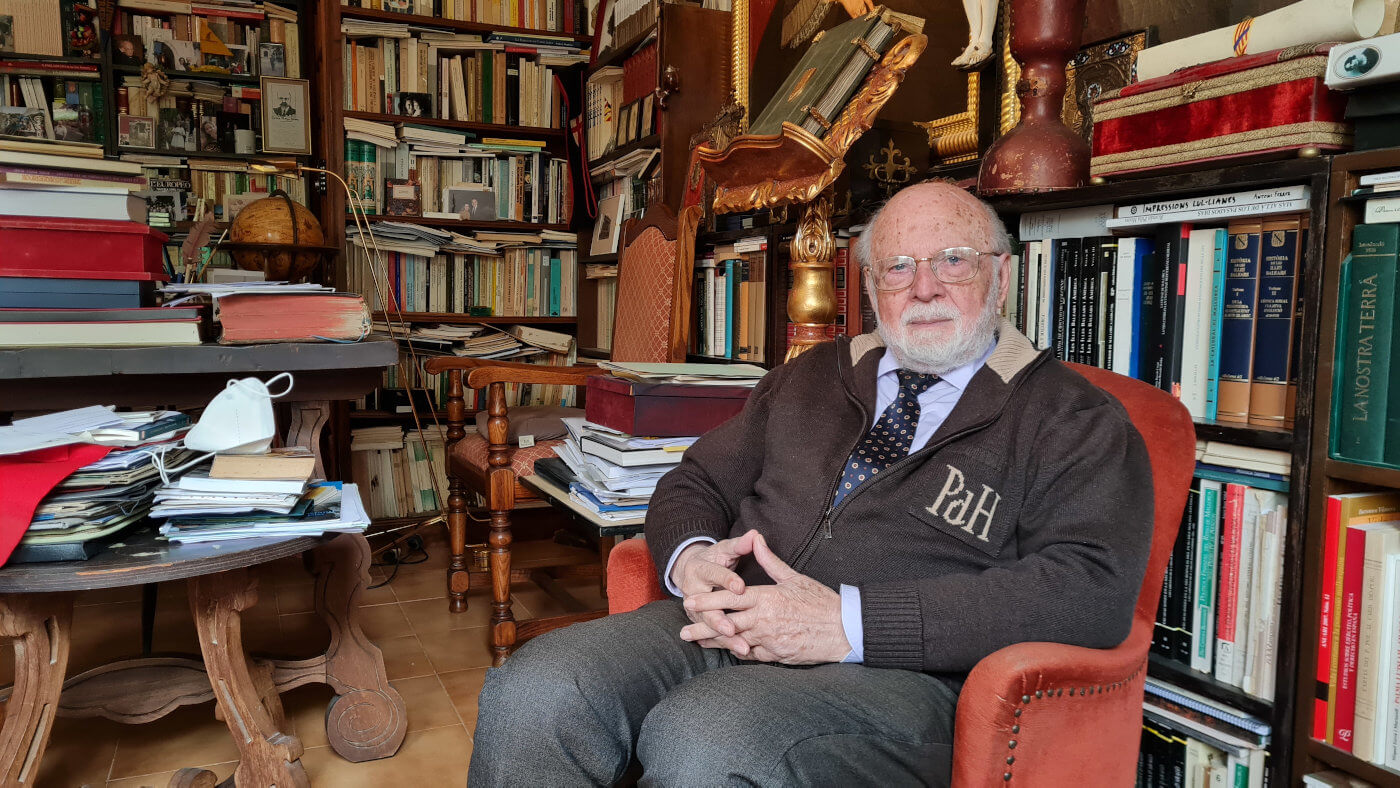
Román Piña Homs.
Scandals and leaflets
Cases like that of the Zaforteza family, whose heir married a girl of humble origin, was a scandal, to the point that her mother went to the King to take away his privileges. These nuptials also help to dismantle the manor houses as a physical space but also lead to different branches within the lineages -Burgues Zaforteza and Quint Zaforteza, for example-, which do not accept marriage with commoners. Another of these scandals affected the Olezas, when an heir married a Roselló, the daughter of a baker. Leaflets were circulating throughout Palma laughing at them.
For his part, Piña adds that “many marriages were made in secret, but when they were official, they became a scandal”, and recalls the one suffered by the Marquises de la Bastida -Montis family- when an heir married the daughter of a tailor.
Bartomeu Bestard: “If the bourgeois transformation had not taken place, today Palma would be home to very few families”
There are many reasons why stately homes with an incalculable heritage value have not survived the passing of time. Today many of them are hotels or luxury flats built on the family dramas of the nobility. Inheritance that cannot be afforded, absence of heirs, distribution between siblings, etc. And, according to Piña, “the lineages are intrinsically related to the house; the day it disappears, the lineage is practically up in the air”.
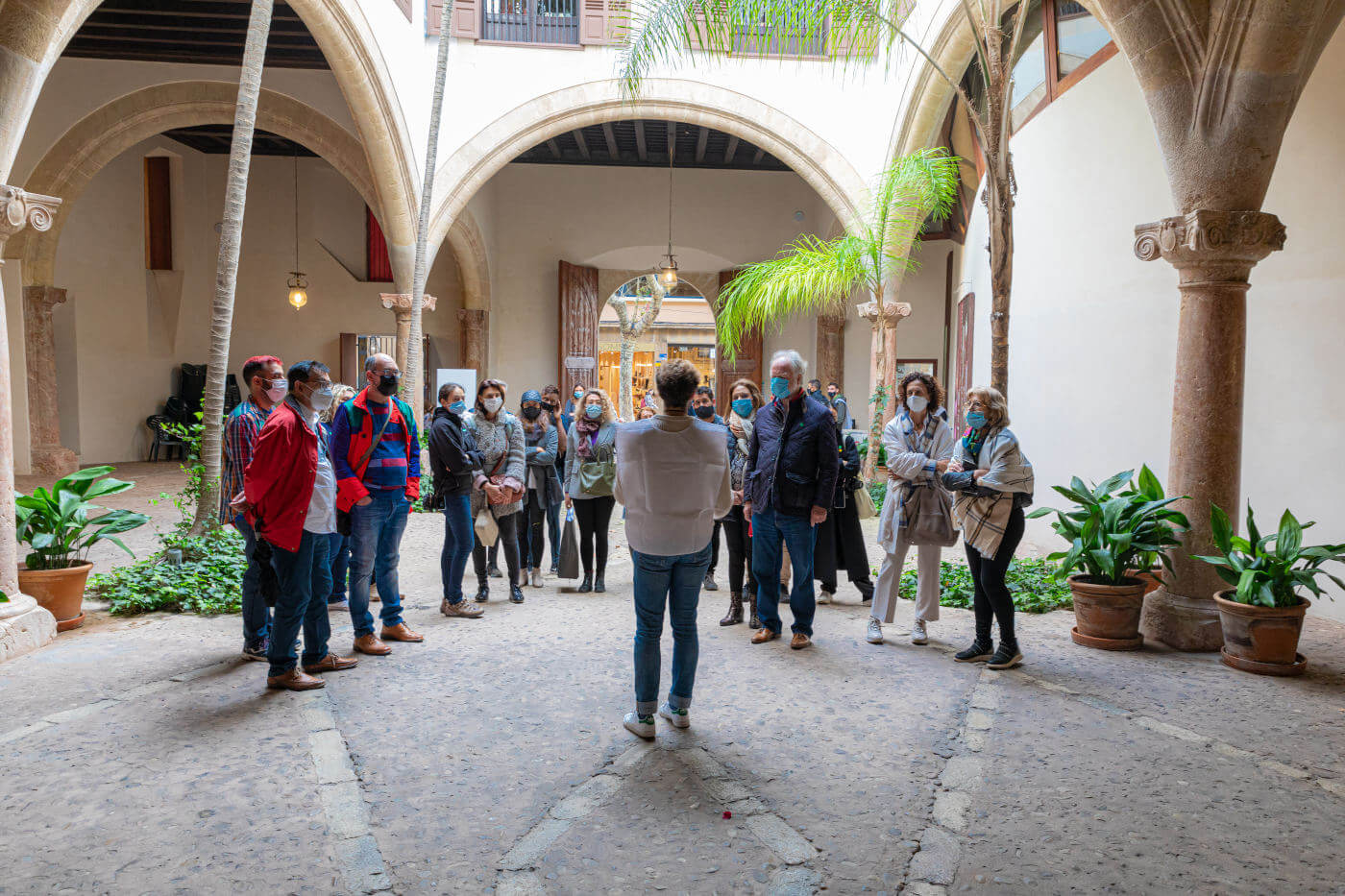
Can Balaguer. Photo: Open House Palma.
Changes in Palma
Socially, with the opening of the city and the disappearance of the walls, a more practical sense prevails. “Convents that occupied blocks, such as Santo Domingo, allow the creation of areas with houses with a more rational style, where utility prevails,” describes Piña. Later, when the Franco regime broke in, “companies dedicated to construction appeared”. This is the case of Juan March, “whose development company operated in the most impoverished areas of Palma such as Calatrava, Socors, Sitjar… Miserable houses were destroyed, but also some important ones, creating new neighborhoods that give a new physiognomy to the city”.
Today many stately houses are hotels or luxury flats built on the family dramas of the nobility
Piña remembers how other great houses have been lost. “The old Cambio Mallorquín building, acquired by the Salas -the shipping ones-, was bought a few years ago by the Parliament and today they are offices for the political parties with representation. The fact that institutions acquire them is very expressive”.
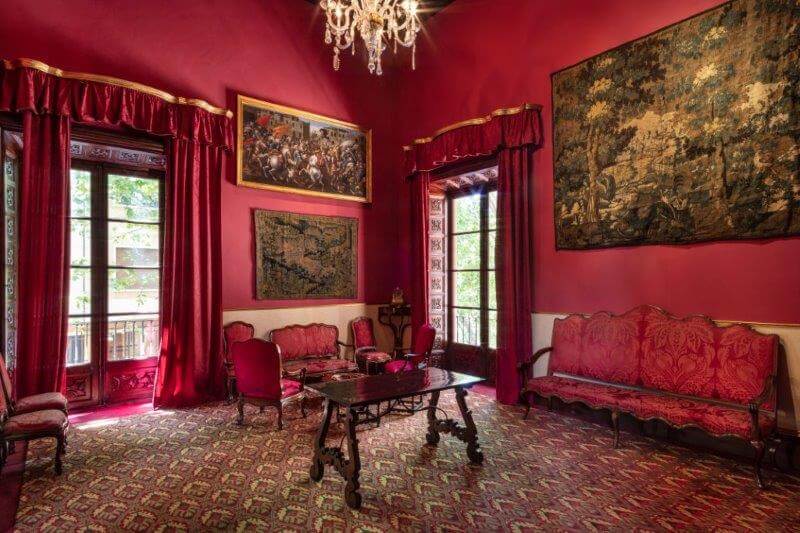
Can Balaguer. Photo: J. Gual.
He himself participated in the purchase of Ca la Gran Cristiana by the City Council. “It was bought in 1968 for 17 million pesetas.” Today this house is the Museum of Mallorca. In 1975, Cort did the same with Can Morell, today better known as Can Solleric, although this time the price was 37 million pesetas. Or Cal Reguer, bought by the musician Josep Balaguer in the 20th century, who in his will gave the house to a public administration. After being offered to the Diputació -current Consell, who rejected the property- finally the City Council acquired it to continue developing its work as the Círculo de Bellas Artes de Mallorca. Today it is known as Can Balaguer.
Of some that are still part of the city, their future is more than uncertain. Such as Can Oleza, acquired by the owner of Quirón, the Asturian Víctor Madera, or Can Armengol, where the president of Ryanair, Michael O’Leary, is building his own home.
💡 Keep reading about this.
Aina Pascual, expert: “Palma has arrived late in protecting its heritage”.
Pedro de Montaner: “Can Vivot is a legacy that we have saved from real estate projects”.



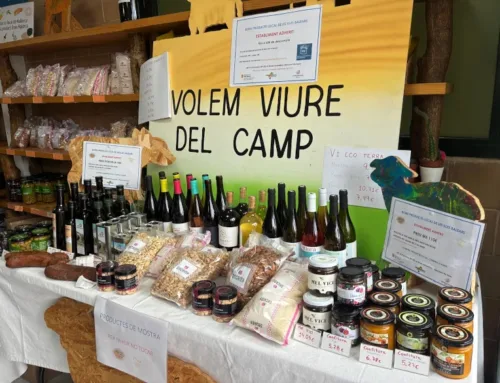


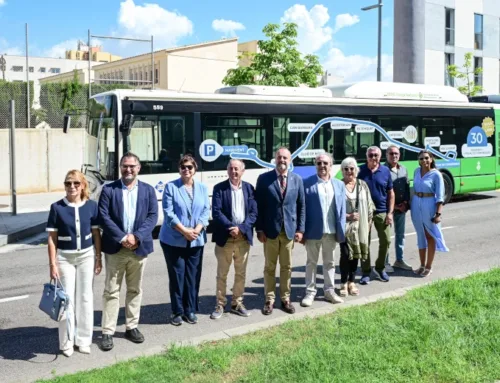

Leave A Comment